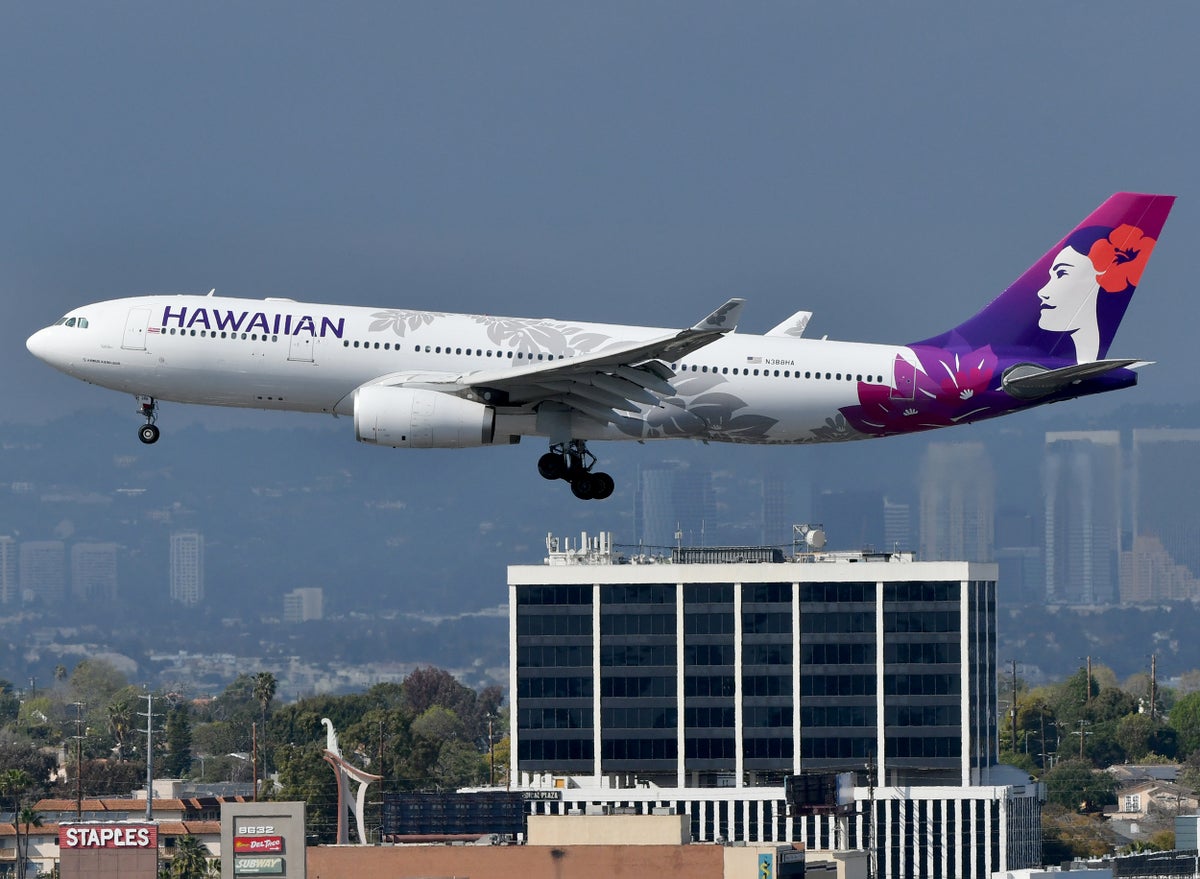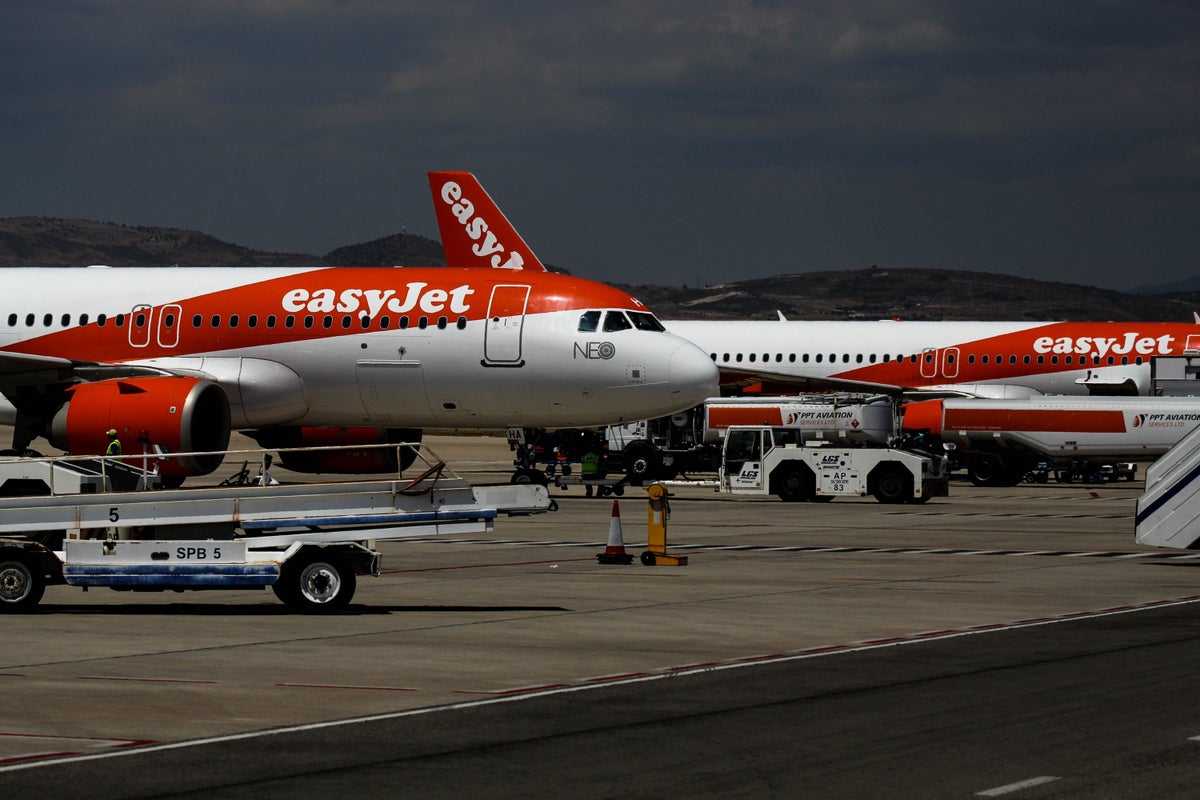Christy Rodriguez
Christy Rodriguez
Former Travel and Finance Content Contributor
86 Published Articles
Countries Visited: 36U.S. States Visited: 31
After having “non-rev” privileges with Southwest Airlines, Christy dove into the world of points and miles so she could continue traveling for free. Her other passion is personal finance, and is a cer...
Edited by: Kellie Jez
Kellie Jez
Director of Operations
6 Published Articles 1246 Edited Articles
Countries Visited: 10U.S. States Visited: 20
Kellie’s professional experience has led her to a deep passion for compliance, data reporting, and process improvement. Kellie’s learned the ins and outs of the points and miles world and leads UP’s c...
![Here’s How Much U.S. Airlines Make from Baggage Fees Each Year [Data Study]](https://upgradedpoints.com/wp-content/uploads/2017/06/Baggage-Fees-Exceed-1-Billion-e1497986040467.jpg?auto=webp&disable=upscale&width=1200)
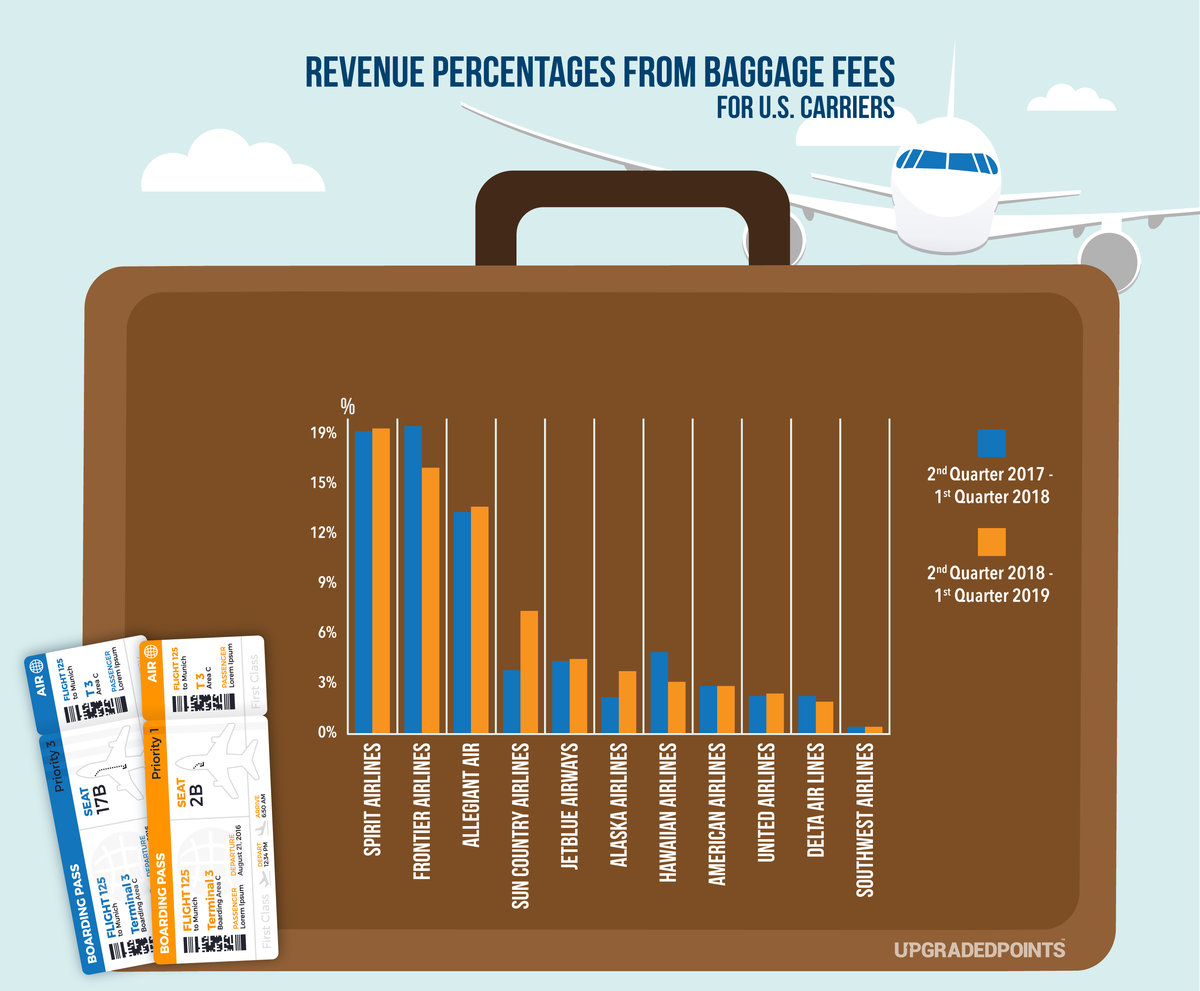
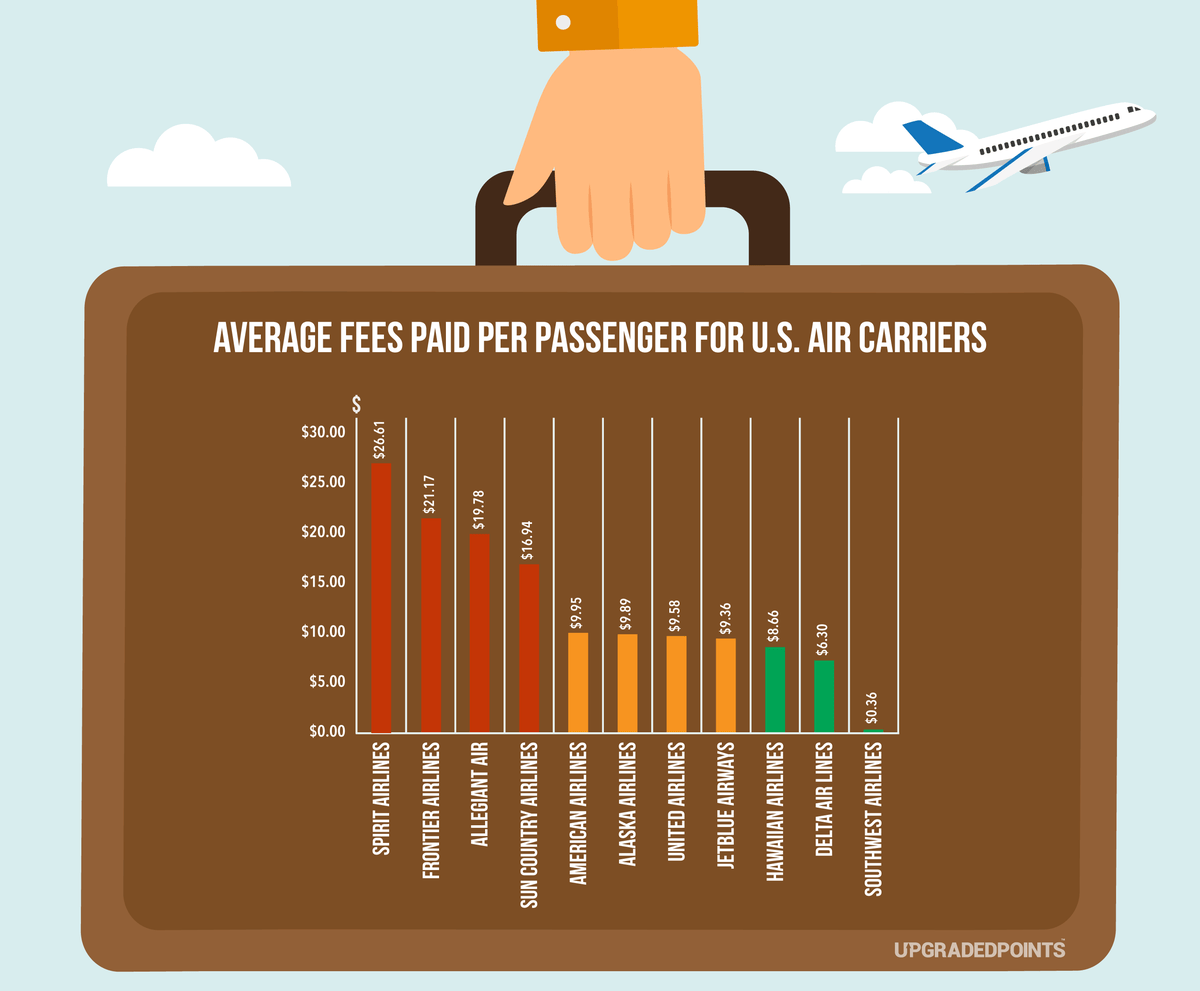
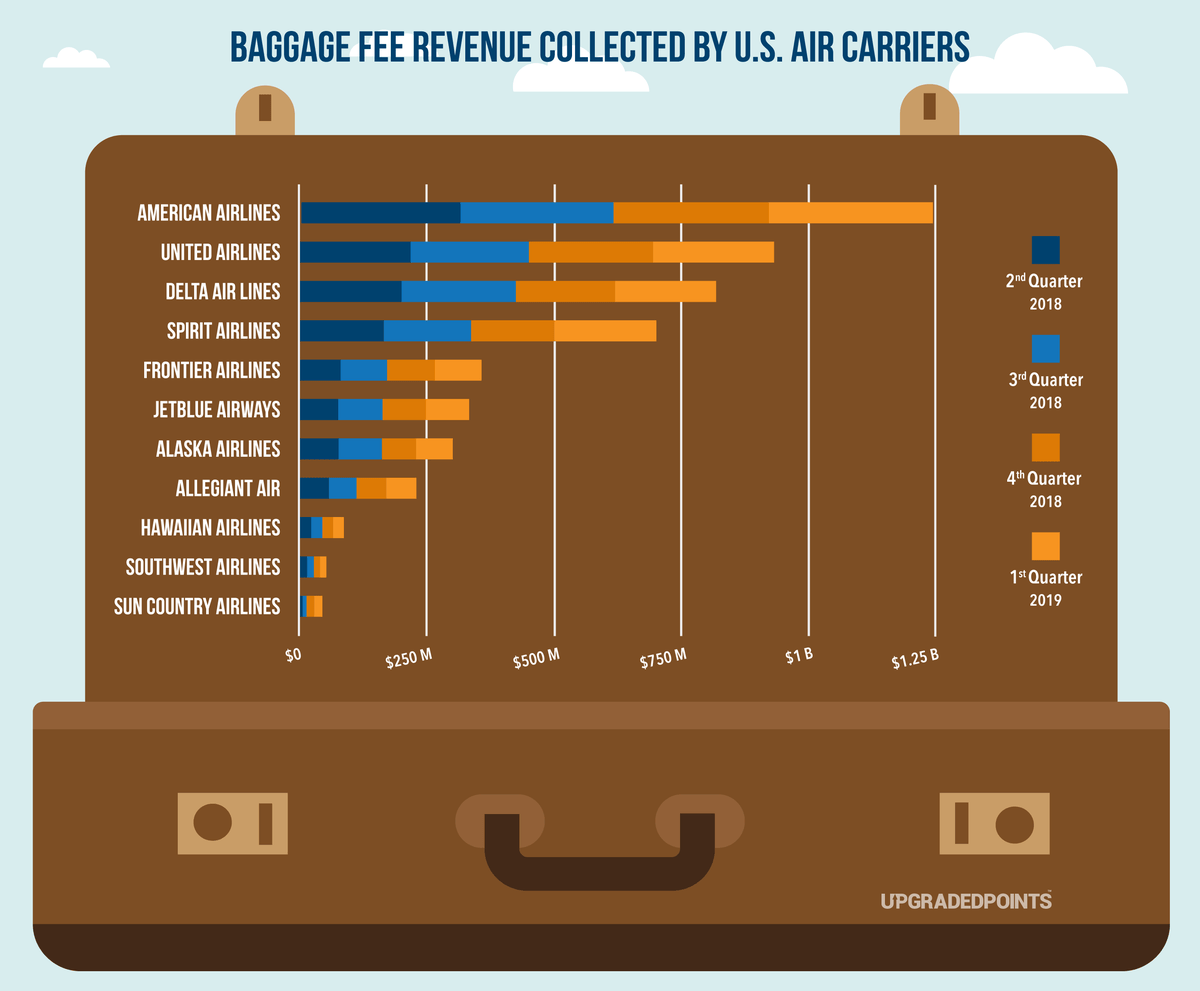
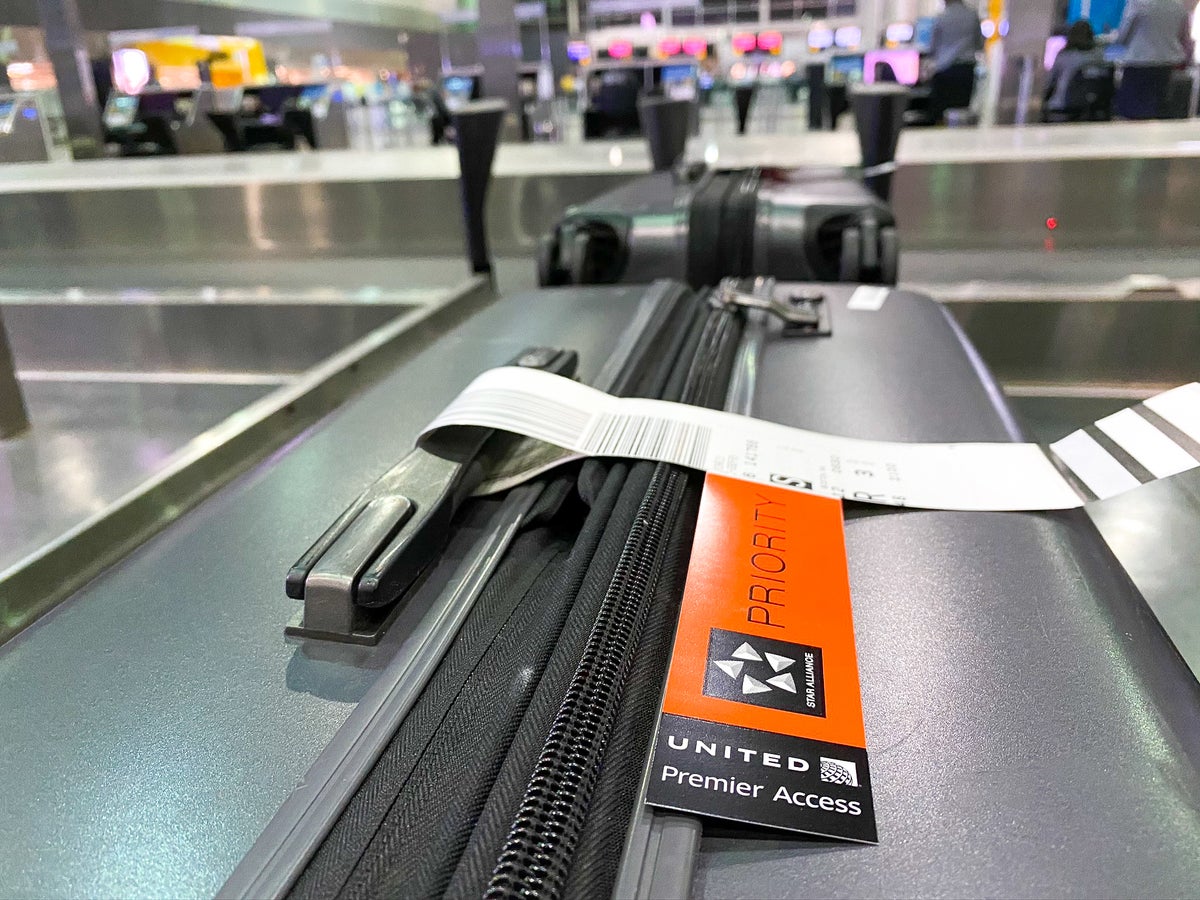
![Carry-On Luggage Size Chart for 64 Major Airlines [Dimensions, Sizes & More]](https://upgradedpoints.com/wp-content/uploads/2019/03/AdobeStock_251002131.jpeg?auto=webp&disable=upscale&width=1200)
